|
Use a utility knife to cut out the coverboard rectangles. (These will become the actually "hard cover" we talk about when we describe hardcover books.) The CaseFor cloth-bound books: Search out sturdiest and most visually appealing fabric options. I’m currently quite fond of a supplier called William Booth Draper, who make their fabric to match traditional ones from the eighteenth and nineteenth centuries. http://www.wmboothdraper.com/ For leather-bound books: Go to the leather wholesaler in the International District. Hunt out pieces of leather thin enough, but with enough square area, to cover books. (Garment leather is ideal.) Get covered in leather dust. Briefly wonder why anyone would ever think goatskin dyed to look like zebra was anything short of incredibly tacky. Hunt through available leather options some more. Buy leather. (For the sake of simplicity, the remaining text will describe making a cloth-bound book. Leather-bound books have all the same steps, substituting leather for the cloth, and omitting ironing.) Travel to Seattle and buy coverboard from the art supply section of the U-bookstore. Coverboard is basically acid-free, extremely thick tagboard made specifically for bookbinding. Using a T-square and a yardstick, mark the coverboard into rectangles sized to match the pages of the text-block. One sheet of coverboard yields 16 of these rectangles (enough to make 8 books). To be continued in the next post!After all the pages in the manuscript have been folded, creased, and nested into signatures, line up a hole-guide in the center of each signature. Punch evenly-spaced holes in the signatures. (The bookbinding thread will later run through these holes.) Attempt to thread the bookbinding needle. (A special Irish linen thread is used for bookbinding. It is much stronger than anything used in normal sewing.) Curse at the unknown person who decided bookbinding thread should be larger than the eyes of bookbinding needles. Eventually get the *#!@* thread into the needle. Sew the signatures together, using a combination of something not far off from an embroidery stitch, and a variety of knots I otherwise hadn't seen since getting my knot-tying merit badge in Camp Fire in fifth grade. (This is technically called a “kettle stitch,” and instructions for it may be found elsewhere online.) Curse at the thread which keeps wanting to tangle. Curse at the signatures which don't want to stay together. Finish sewing the signatures together. Once the signatures are together, they are known as a "text-block". Hurray! It's basically a book now, sans cover. Time to make the cover (known in bookbinding as the "case.") Tune in next time for the exciting adventure of case-making! To be continued!The Textblock Write a book. (That's the fun part !) Buy a used work-horse printer. (This is the expensive part. Luckily, it doesn’t have to be repeated very often.) The former life of my printer was in an office somewhere, but it's similar to many printers I've seen in high-school computer labs. I did look into buying a nineteenth-century printing press, but it weighed a ton (literally: it tipped the scales at 2,000 pounds.) My floorboards couldn’t take the weight. Download free imposition software off the internet. This is the program that puts the text pages in the correct order (each sheet of paper = 4 text pages, in nothing approaching consecutive order.) I use a program called Cheap Imposter. Convert the file to pdf format so that it will be compatible for the imposition software. Run the file through the imposition software. Print out imposed manuscript on acid-free paper. For books with color illustrations: Go to local printshop, and print out illustrations on their high-quality color printer. Fold each page individually. Unfortunately, the old trick of folding a bunch of pages at the same time doesn't work here, because each page has to be perfectly folded EXACTLY in half, or they won't line up in their signatures. So, each page gets carefully lined up, folded, then creased with a bone folder. This step can actually be pretty meditative. I'm sure it would drive a certain personality type insane, but I sort of like it. After they're folded, the pages have to be nested together into groups of pages called "signatures". By profession, I am a licensed massage practitioner (L.M.P.), and have a studio in our home. I am also a writer and bookbinder, binding my own books by hand through a 27-step process which takes four hours to produce a single book. My current list of titles includes two novels, a collection of short stories, and one non-fiction book. My two novels, A Dream On Two Wheels and its sequel Tides of the Island Mountain, are alternate history stories - books where a slight difference in the past changed the course of history. They take place in a fictitious world wherein Henry Ford was a bicycle manufacturer who actively campaigned against the automobile, thus changing the entire twentieth century. (Curious about what was different? I’ll run features on each book later, so be sure to check back for further details!) My short stories are mostly science fiction and fantasy, and several have won awards. My favorite so far, “The Fabulous Beast,” won honorable mention in the L. Ron Hubbard Writer’s of the Future contest a few years back, resulting in a congratulatory phone call from the contest’s office in Hollywood, and much excitement on my part. One non-fiction story (“The Samurai,” a true story relating an anectdote from my time living in Japan) which originally appeared in the collection has been removed from my hand-bound books, but for the best of reasons: re-titled “Imperial Benediction,” it will shortly be appearing in the upcoming anthology, Not Your Mother’s Book on Travel. My most popular book to date, with over two hundred hand-bound copies sold to readers on four continents, is my non-fiction work, Waisted Curves: My Transformation Into A Victorian Lady. To be perfectly honest, the popularity of this book took me a bit by surprise at first, given that it was almost never written. A description of my first year of wearing a Victorian-style corset 24 hours a day, seven days a week (and by the way, yes, I still do this), it was only at the great urging of others that I put pen to paper for this particular chronicle. This recalcitrance was not by any means because I thought corsetry an uninteresting topic - quite the contrary - but because the journey to what and who I now am was such an intensely personal one that I was reluctant to share it openly with the world. After all, the world is a very harsh place for those who exhibit difference. Ironically, it was the antagonisms I had encountered which pushed me into writing the book as much as, or more than, the positive reactions had done: There are, I realized, many people who feel themselves different from the mob of mainstream mentality, individuals who, deep inside themselves wish to assert that they are humans capable of independent thought, and not simply sheep obligated to follow a bellwether lest they be taken down by the wolves at the edge of the flock. Yet, all too often people are reluctant to show their true selves, to be their true desire of themself because they fear isolation. I wrote the book partly for these people, as proof that being different does not necessarily mean being alone. A video review of the book may be seen here: http://www.youtube.com/watch?v=tKSXGbosyTw “Persons being introduced have an opportunity for conversation, and are immediately set at ease by the person introducing giving the place of residence and the business of each... Remember that people are fond of talking of their own affairs.” - Hill's Manual of Social and Business Forms, Thomas E. Hill, 1891 For the benefit of readers who are not already acquainted with me, a few brief facts of my life, pertinent to the topics I intend to address in these writings, might be in order. I live in Port Townsend, Washington, a beautiful little town situated several hours northwest of Seattle, on the corner of the Olympic Peninsula. In the late Victorian era, Port Townsend was a booming community, its port second only in the U.S. to New York.* An economic depression in the 1890’s caused a virtual diaspora of the population, and in some ways could be said to have frozen the city in time. Today Port Townsend is booming once more, and prides itself on being Washington’s Victorian Seaport. *Cynics like to say that it was only second in terms of the weight of goods moving through the port, and most of the poundage was that of weighty old-growth timber. Details, details... It strikes me that I am coming at this through a somewhat backwards route. A more typical scenario in the year 2012 anno domini is for a trendy, hyped-up cybernut to go off the grid for a year as a stunt. Yet here I am, a Victorian lady who shuns electric light, warms her rooms with an antique kerosene heater and has never had a cellular phone nor a driver’s license, starting a blog as (I might as well admit it up front) a bit of a stunt. My husband tells me it will be good outreach to engage people in the history which we love so very much. While I have my reservations, I take comfort in the knowledge that voicing one’s thoughts openly is not without historical parallel: my local general store simply has a dearth of soap boxes. “How to Please in Conversation” (From Hill's Manual of Social and Business Forms, Thomas E. Hill, 1891) “...Do not yield to bashfulness. Do not isolate yourself, sitting back in a corner, waiting for someone to come and talk with you. Step out; have something to say. Though you may not say it very well, keep on. You will gain courage and will improve. It is as much your duty to entertain others as theirs to amuse you...” Very well, Mr. Hill. I shall do my best. *** *** My friend Brigid Strait drew the following cartoon for (and about) me last year. Ever since, it has occupied a place of honor in my kitchen where I can see it every day: Sadly, the phenomenon of clueless people criticizing complete strangers (while oblivious to their own hypocrisy) is one which seems to have no imminent cessation. Brigid's comic reminds me to laugh at the world's idiocy; and I tend to agree with the very old saying that laughter is good for the soul.
|
Archives
June 2024
Categories |
***
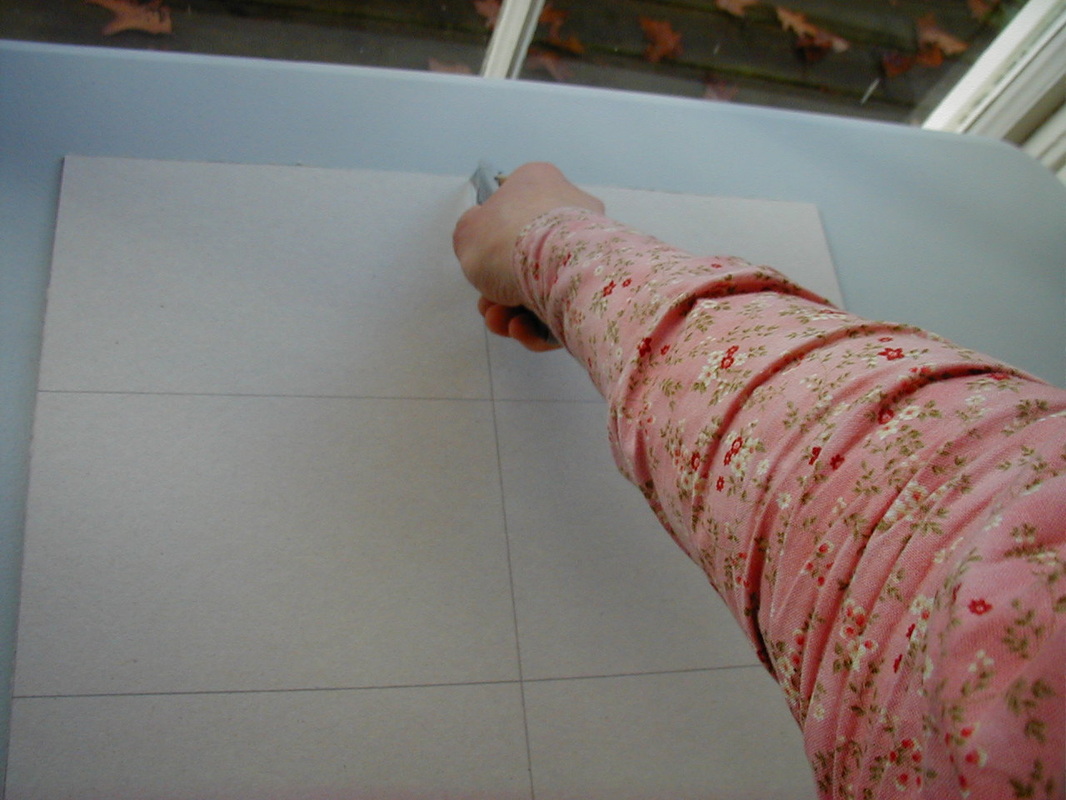

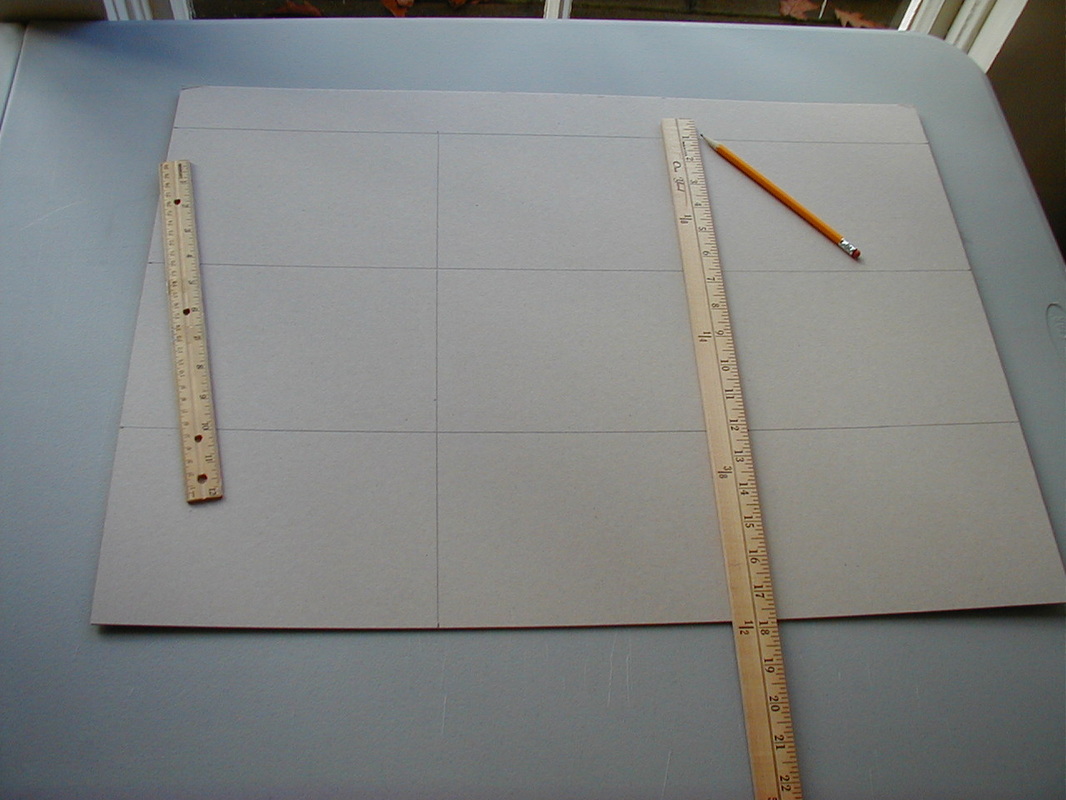

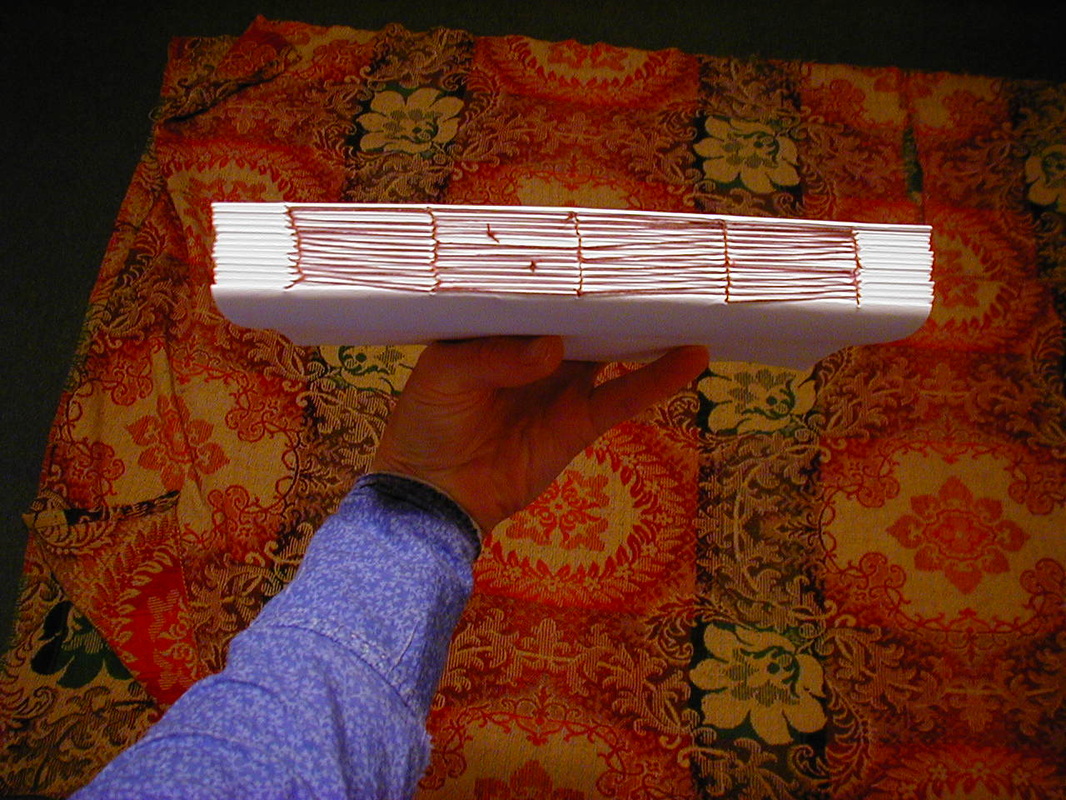
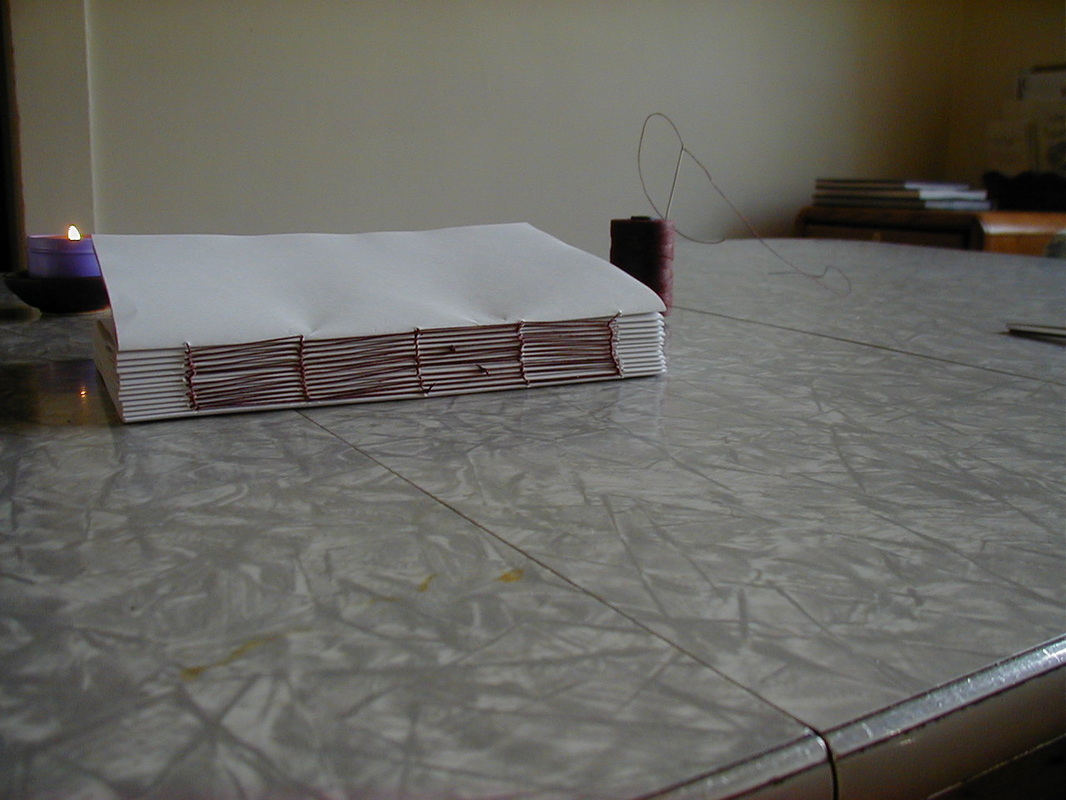
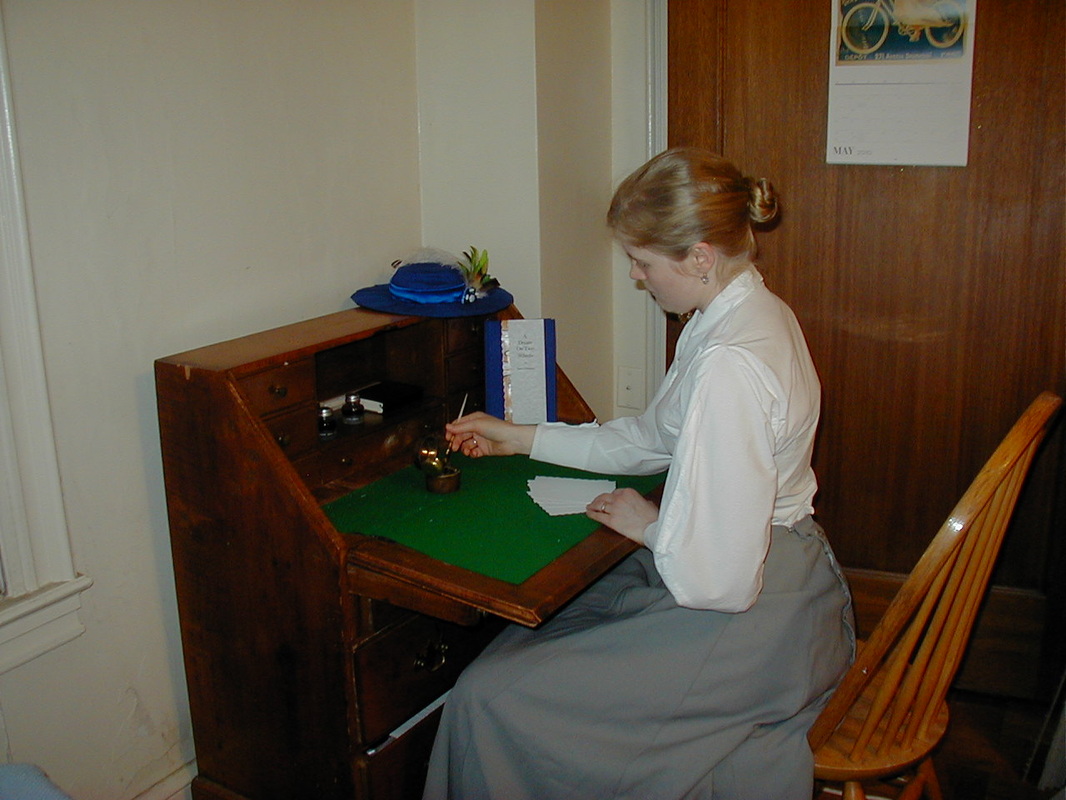
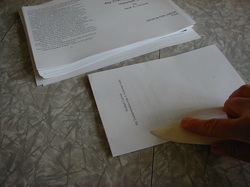

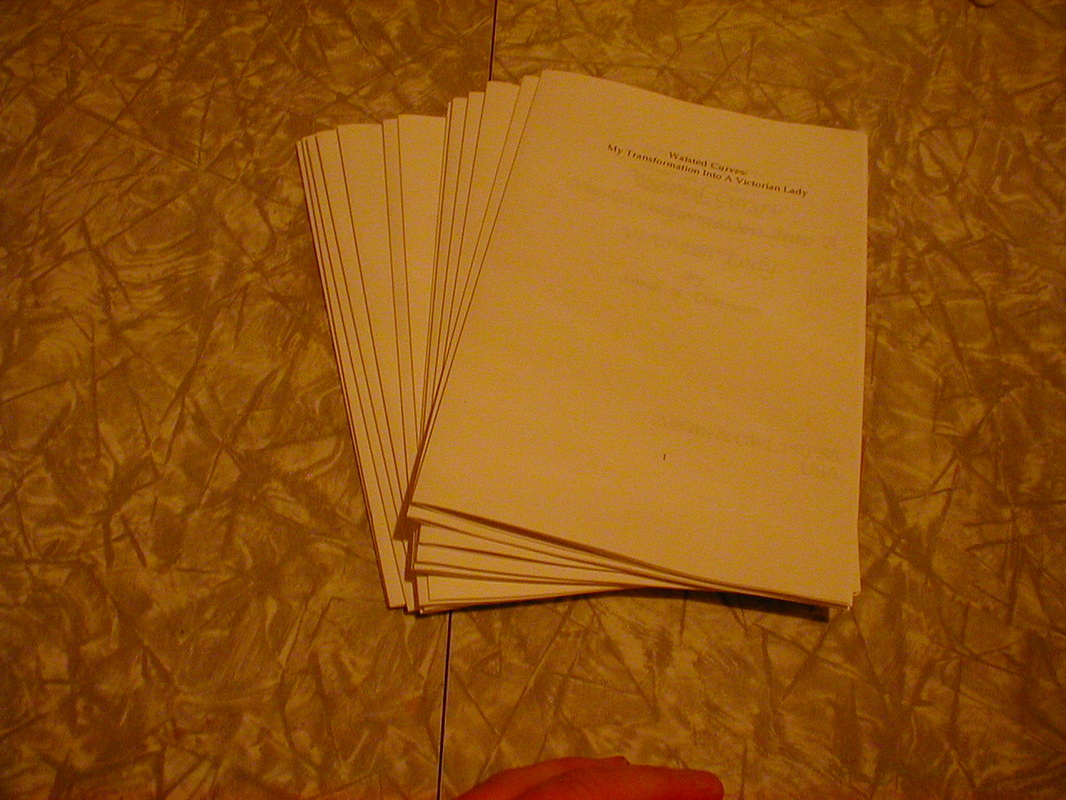

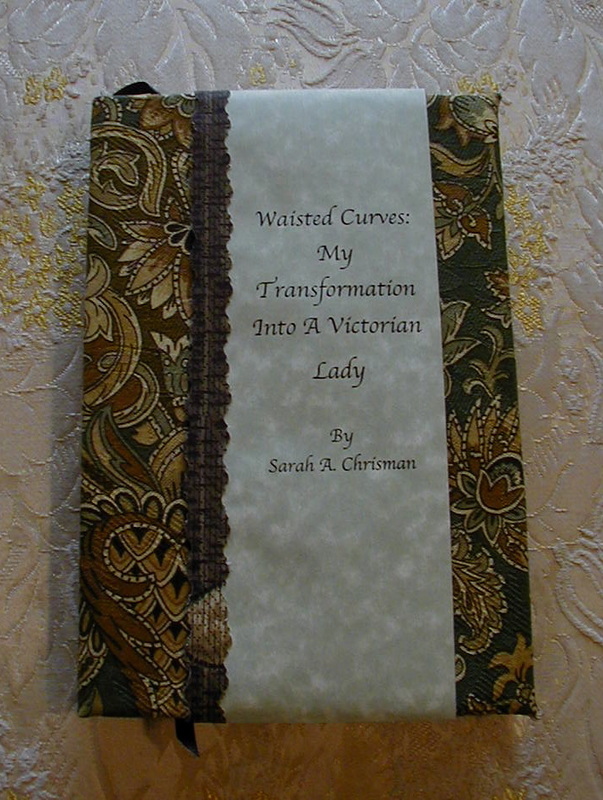
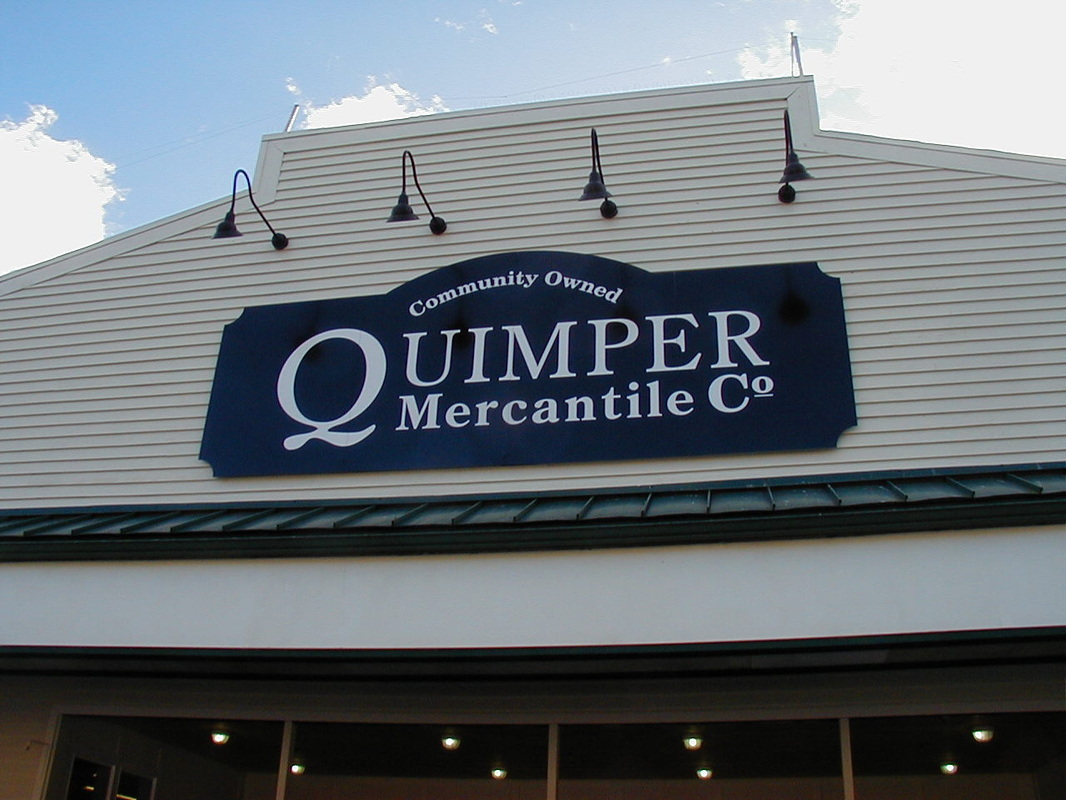

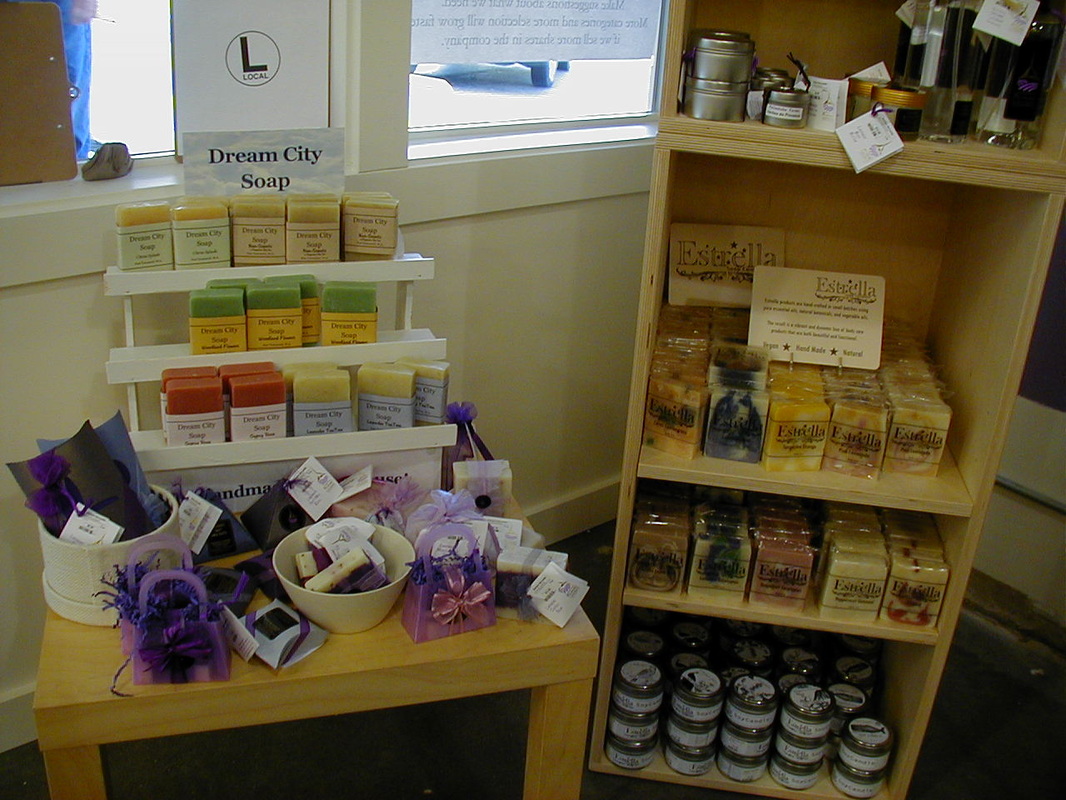

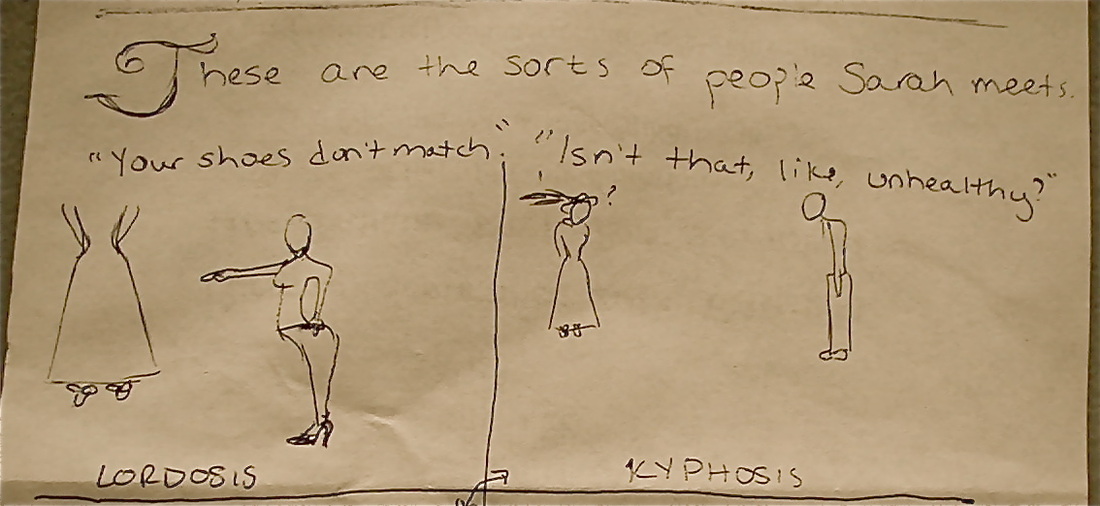
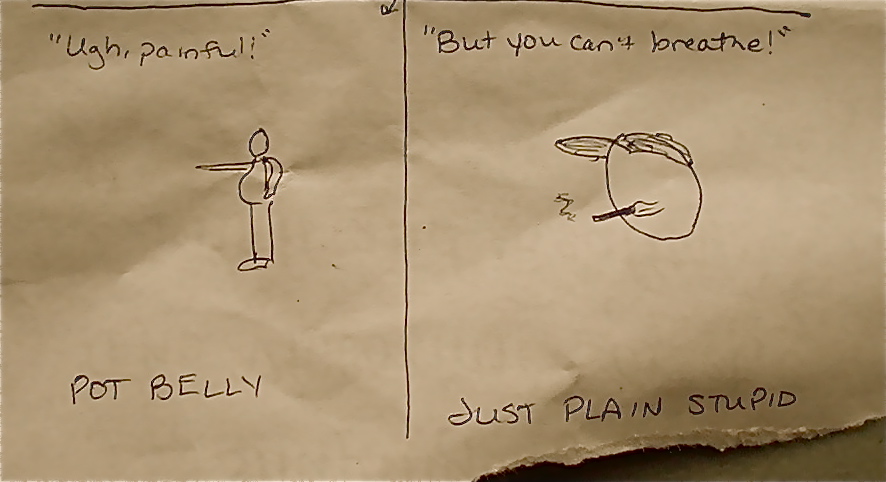
 RSS Feed
RSS Feed